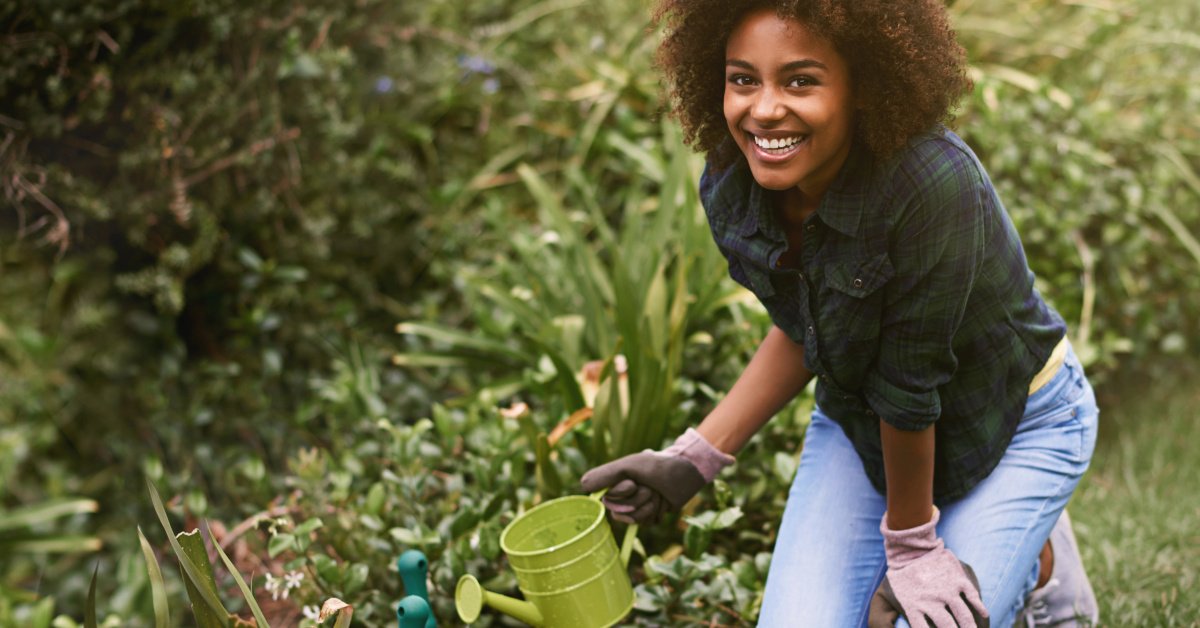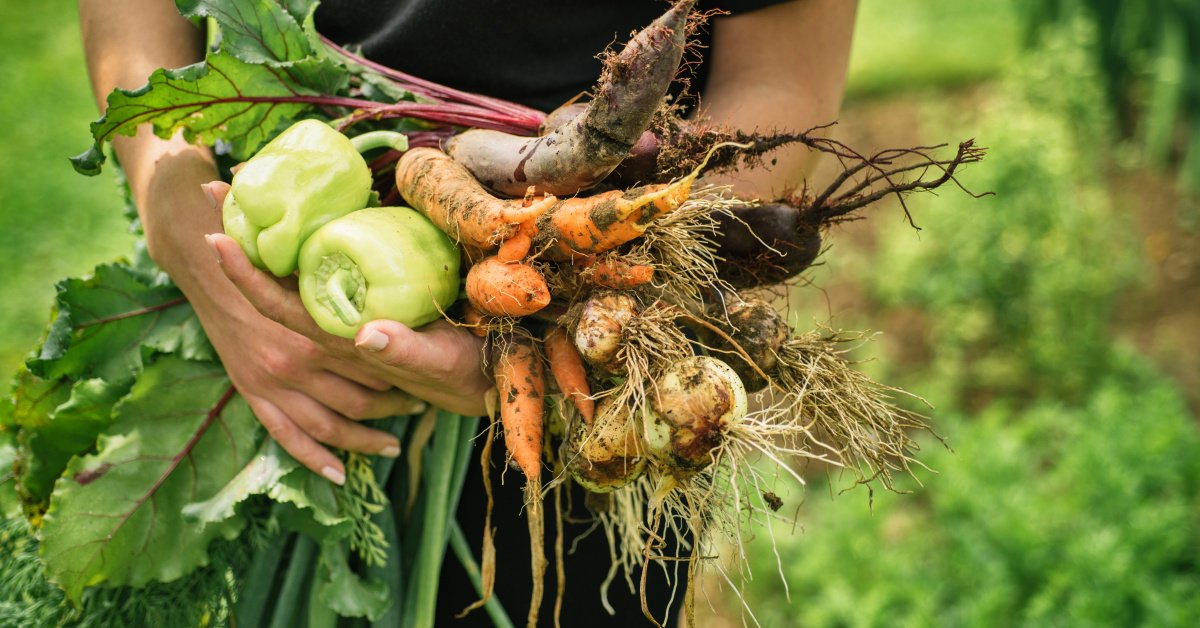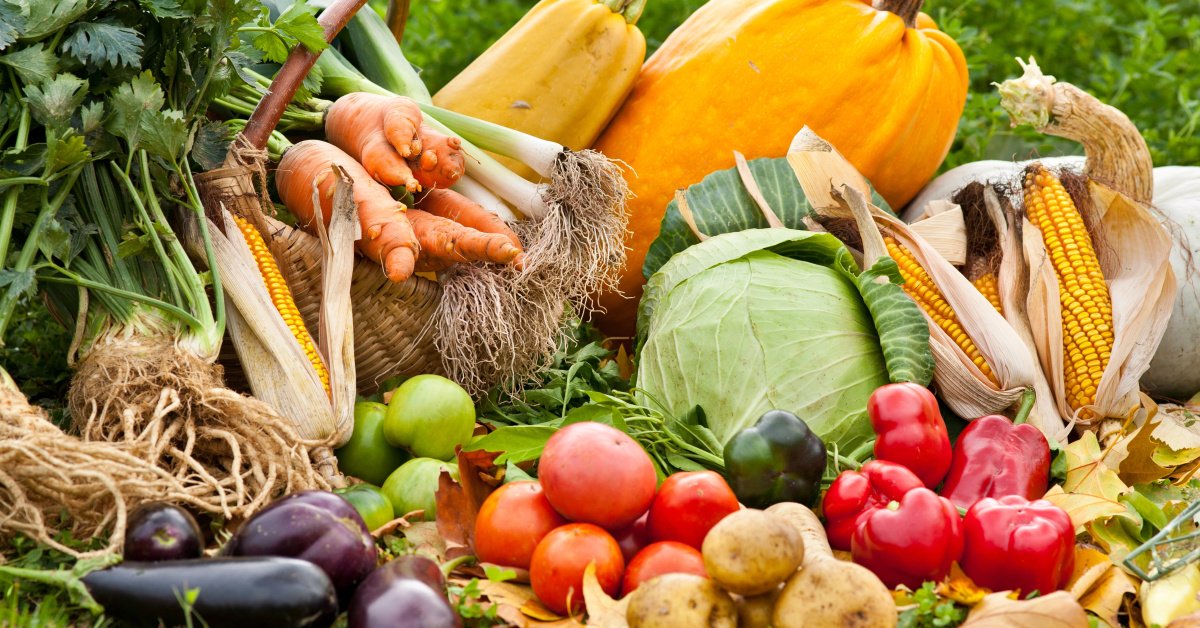Creating a garden that welcomes wildlife is one of the most rewarding ways to connect with nature right outside your door. I’ve always found joy in watching birds, bees, and butterflies visit my garden, and with a few simple steps, you can invite them in too. It’s not just about adding pretty plants—it’s about building a little ecosystem that supports local critters.
Benefits of Creating a Wildlife-Friendly Garden
Creating a wildlife-friendly garden boosts biodiversity right in your backyard. It attracts essential pollinators like bees and butterflies, which improve fruit and vegetable yields, supporting my passion for healthy, homegrown food. It also provides a habitat for beneficial insects that naturally control pests, reducing the need for chemical pesticides.
Enhancing soil health benefits from diverse plantings that attract earthworms and other soil organisms. These creatures break down organic matter and improve soil structure, helping my plants thrive. Wildlife-friendly gardens also support local bird populations that eat harmful insects and spread seeds, aiding plant reproduction.
A garden designed for wildlife offers year-round interest by inviting various species throughout the seasons. Observing this natural activity makes gardening more rewarding and deepens my connection to the land. Plus, such gardens help conserve declining wildlife populations, contributing to a healthier environment in my community.
Wildlife-friendly gardens reinforce natural processes, improve crop quality, and create a vibrant outdoor space that complements my goals as a backyard gardener focused on healthy living.
Planning Your Wildlife Garden
Planning your wildlife garden sets the foundation for a thriving outdoor space that supports local creatures while growing healthy, homegrown food. Start by assessing your yard carefully and considering what wildlife needs to flourish alongside your vegetables and herbs.
Choosing the Right Location
Start with selecting a spot that gets ample sunlight—at least six hours daily—since most food crops and many pollinator-friendly plants thrive there. Identify areas with some natural shelter, like near trees or fences, to protect small animals from predators and harsh weather. Avoid places prone to strong winds or standing water, which can stress plants and reduce wildlife visits. I keep sections of my garden less disturbed for ground-nesting insects and amphibians, combining sunny spots for crops with shady corners for wildlife cover. Balancing these microhabitats makes my garden diverse and resilient.
Understanding Local Wildlife Needs
Observing the local wildlife before planting gives clear clues about what to include. Notice which native plants attract bees, butterflies, or birds during your rounds—they usually depend on certain flowers or seeds. Supply continuous food sources by planting a variety of species that bloom in overlapping seasons. Provide fresh water through birdbaths or small ponds but refresh regularly to avoid mosquitoes. Add layers with trees, shrubs, and ground cover to offer shelter, nesting sites, and hunting grounds. When I plan, I imagine the daily routines of the wildlife, ensuring my garden supports their life cycles while boosting my vegetable yields naturally.
Essential Elements of a Wildlife-Friendly Garden
Building a wildlife-friendly garden means combining nature’s needs with your garden goals. Adding specific features attracts local creatures, boosts your plants’ health, and makes your backyard a lively ecosystem.
Native Plants and Their Importance
I always start with native plants because they thrive naturally here. Native plants provide reliable food and habitat for local pollinators like bees and butterflies, unlike non-natives that might not support these animals. They also require less water and maintenance, saving time and resources. Including wildflowers, shrubs, and trees native to your region creates a balanced food supply through multiple blooming seasons, keeping pollinators active from spring to fall.
Providing Water Sources
Clear, clean water draws wildlife and helps them survive, especially during dry spells. I recommend adding a birdbath with a shallow edge, a small pond, or even a simple drip feature to provide fresh water daily. Place water sources near shelter to offer safety. Changing or refilling water every few days prevents mosquito breeding and keeps everything fresh. These water spots encourage birds, insects, and amphibians to visit, contributing to your garden’s health and wildlife diversity.
Creating Shelter and Nesting Areas
Wildlife needs places to hide, rest, and raise young. I use brush piles, dense shrubs, or even stacked logs for shelter. Installing birdhouses and bee hotels offers additional nesting spots for birds and solitary pollinators. Leaving some leaf litter and deadwood encourages beneficial insects and soil organisms. These shelters reduce predator threats and harsh weather exposure, helping wildlife thrive while supporting your garden’s pest control naturally.
Tips for Maintaining Your Wildlife Garden
Keeping a wildlife-friendly garden thriving takes consistent care and attention. Through smart practices and seasonal monitoring, I’ve seen how these gardens become vibrant havens for wildlife while delivering fresh, healthy food for my table.
Organic Gardening Practices
I rely on organic methods to protect the balance of my garden’s ecosystem. Avoiding synthetic pesticides and fertilizers keeps pollinators, earthworms, and beneficial insects like ladybugs safe. Composting plant waste enriches the soil naturally, promoting strong, nutritious plants. Mulching helps retain moisture without chemicals and suppresses weeds, reducing the need for manual removal. I rotate crops each season to prevent soil depletion and limit pest buildup, which supports long-term garden health. Integrating organic gardening techniques not only benefits wildlife but yields healthier vegetables and herbs I enjoy.
Seasonal Care and Monitoring
I adjust my maintenance according to the season to support wildlife year-round. In spring, I prune dead branches and plant early bloomers to offer food sources as insects emerge. Summer means regular watering, especially during dry spells, while checking water features remain clean and accessible. Fall calls for leaving some fallen leaves and seed heads intact, creating food stores and shelter for overwintering creatures. Winter provides a good time to inspect structures like birdhouses and brush piles, repairing or adding to them if needed. I observe wildlife activity closely throughout the year, noting changes that help me fine-tune my gardening to better serve local species and keep my food crops thriving.
Encouraging Biodiversity Beyond Plants
Creating a thriving wildlife garden goes beyond selecting the right plants. It involves inviting pollinators, beneficial insects, birds, and small mammals that keep the garden’s ecosystem balanced and productive.
Attracting Pollinators and Beneficial Insects
I focus on attracting pollinators like bees, butterflies, and hoverflies because their activity directly impacts fruit and vegetable yields. I plant clusters of native wildflowers, herbs such as lavender and thyme, and flowering vegetables like squash and beans to provide continuous nectar and pollen. Providing bare patches of soil invites ground-nesting bees, while leaving some leaf litter encourages predatory insects like ladybugs and lacewings. Avoiding pesticides ensures these helpful insects thrive and keep pest populations in check naturally.
Supporting Birds and Small Mammals
Birds and small mammals play vital roles in pest control and seed dispersal. I maintain dense shrubs, thorny bushes, and brush piles to provide shelter and secure nesting sites. Installing birdhouses tailored to local species encourages birds to settle in my garden year-round. Birdbaths and shallow water dishes help them stay hydrated, especially during dry spells. Leaving some fallen fruit or nuts also supplements their diet without causing overpopulation. Small mammals like hedgehogs benefit from piles of logs and leaves, which offer refuge and hunting grounds for insects harmful to plants.
Conclusion
Creating a wildlife-friendly garden has been one of the most rewarding projects I’ve taken on. It’s amazing how a little planning and care can turn a simple yard into a buzzing, lively habitat.
Not only does it bring nature closer to home, but it also feels great knowing I’m helping local wildlife thrive. If you’re ready to welcome more birds, bees, and butterflies into your space, just start small and watch your garden—and its visitors—flourish.



